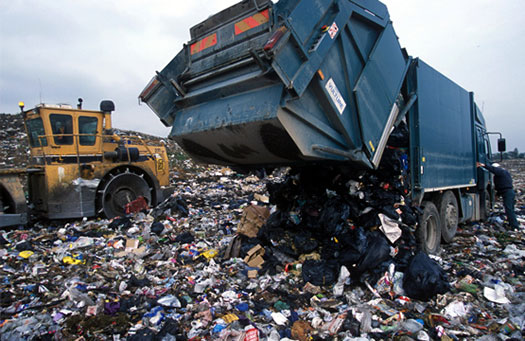
Gold, silver and other raw materials worth 55 billion euros (63.5 billion dollars) are contained in the world’s electronic waste each year, according to a UN report that highlights the economic opportunities in recycling.
A total of 44.7 million tons of e-waste was generated in 2016, but only 20 per cent was recycled, the International Telecommunication Union (ITU) reported on Wednesday in Geneva.
The annual amount of discarded mobile phones, laptops, electronic toys and other products will rise 17 per cent in the next five years, the UN agency estimates.
Countries should tap into the value of the world’s giant heap of e-waste not only by recycling its rare metals, the ITU says, but also by embracing other elements of the so-called circular economy, such as refurbishing second-hand products.
“Therefore, the circular economy concept offers huge economic and employment opportunities for e-waste management,” the ITU report said.
“The presented 55 billion euros of secondary materials is an underestimate of those economic opportunities.’’
In 2016, Asia, Europe and the Americas were the world regions with the highest output of e-waste, while Oceania came last.
However, Oceanic countries generated the most electronic waste per person, followed by Europe.
While Europe ranks high on both counts, it also leads in electronic recycling: More than a third of e-waste was collected as separate rubbish in the region I












